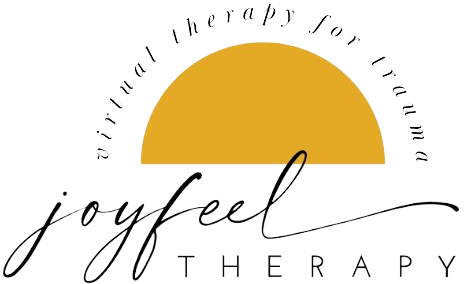4 Techniques to Relieve Anxiety Through Meditation
One of the first things recommended to us when we struggle with anxiety is to try meditation. And the benefits of meditation are very real. They do help us feel calmer, more settled. But meditation is not easy, and if we’ve never tried it before, it can be challenging to know where to start.
There are different kinds of meditation, and everyone has a type that will help them the most. We’re all distinct people, so no single, perfect method will help us all. But that’s okay. There are at least four basic methods we can all try as we begin our meditation journey.
1. Breathing
Most meditation techniques involve focusing on our breath in some way. In one of them, breathing is the only thing that matters. We take a deep breath, hold it for a moment, then exhale deeply. We do this over and over, paying close attention to it. That’s all we have to do: notice what breathing feels like and how long the inhales and exhales are.
If we get distracted thinking of something else, that’s okay. It’s far more common than we think. When we realize our thoughts got sidetracked, we return our focus to our breathing. We can even count inhales and exhales if it will help us maintain focus.
2. Walking
In this technique, the key component is walking. Of course, we’ll need to breathe slowly and deeply, but we’ll keep our attention on our walk instead of breathing. We have to walk slowly, take everything one step at a time. There’s no rush; after all, we don’t have anywhere to be. We just have to walk and breathe.
It’s good to take notice of everything:
The way our muscles move as we walk.
The way our clothing feels.
The way our walk is affected by our breathing.
And, of course, we can pay close attention to our surroundings: sounds, sights, smells. Anything around us is fair game as long as we keep walking and breathing.
3. Body Scan
A body scan is a type of meditation often used in yoga. Its name says it all: we slowly scan every part of our body to see how we feel. We breathe slowly and deeply, but that’s not what we focus on. Our body is the focus.
We begin by closing our eyes and scanning our head and neck. Do they hurt? Is our neck tense? Or are they relaxed and feeling good? It doesn’t matter what the answer is; it only matters that we notice how we feel. Once done, we slowly move down to our chest, arms, and stomach. We go all the way down to our feet and toes. And once we’ve scanned our toes, we breathe deeply one last time and are done with our practice.
4. Guided Meditation
Guided meditations are exactly what the name says. We just find somewhere comfortable to sit or lie down, breathe slowly and deeply, and follow our guide’s indications. A more experienced person guides us through a short meditation by narrating the experience.
This can be particularly helpful if we’re beginners who’ve never meditated before or if we get distracted easily. After all, it’s far easier to focus on someone else talking than it is to focus on our breathing.
Additional Help
Meditation helps us gain power over our anxiety. It helps weaken it. But sometimes that’s not enough. Sometimes, even if we meditate every day, we struggle with anxiety, with worries we know are irrational. But our worry is strong nevertheless and persistent.
Counseling is there to help people like us. When nothing we try helps us cope with the strongest of anxieties, counseling can help us work through it and regain a sense of balance and inner strength. So, why should we struggle alone? Why not reach out for help instead? We’ll feel much better if we do. Call JoyFeel Therapy today for some help!

